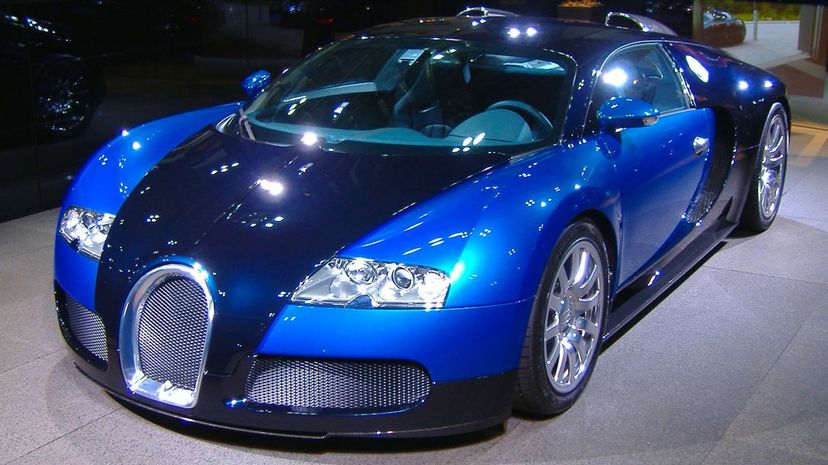
About This Quiz
Car making must have been very simple in the early days. Ford made several models and named them alphabetically until he hit the letter "T" and the car really took off. A lot of early manufacturers followed a simple formula for naming their vehicle models. They may not have been memorable or poetic, but it was efficient enough at a time when only a handful of companies were even doing it. But time has a way of changing your perspective, and with so many new makes and models, things eventually had to expand.Â
Ford still uses simple numeric numbering for things like their F-series truck, but also once had a habit of naming cars in a personal way. It named the Fairlane for Henry Ford's estate in Michigan. It named the Edsel for his son. Lamborghini names its vehicles for fighting bulls. Pagani likes to name cars after wind currents. Every car company has a car or two named after animals from the Mustang to the Pantera to the Impala and the Viper. Even plants make a showing with the Corolla and the Leaf. The hard part is keeping them all straight. Is that Leaf made by Nissan or Hyundai? Was the Pantera an Alfa Romeo or a De Tomaso? If you think you have them all down, take the quiz!

1950 was the first model year for the Chevy Bel Air and it stayed in production through 1981. The car was redesigned a number of times over its lifetime but the 1959 model year was likely the most famous with wing-shaped fins and cat's-eye taillights.
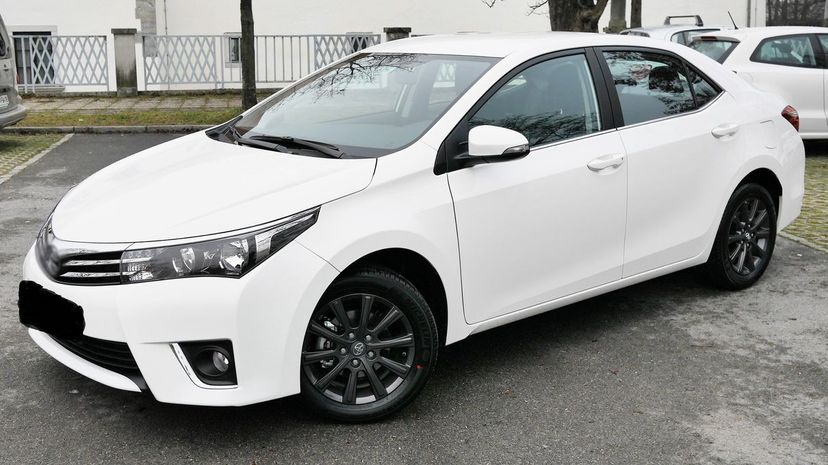
Toyota's Corolla is not the most famous, efficient, cheap, or stylish car, but it was the right mix of just enough of those features to make it work. Toyota has sold 44 million Corollas in the car's lifetime, making it far more popular than even its closest competition, the Model T and the VW Beetle.
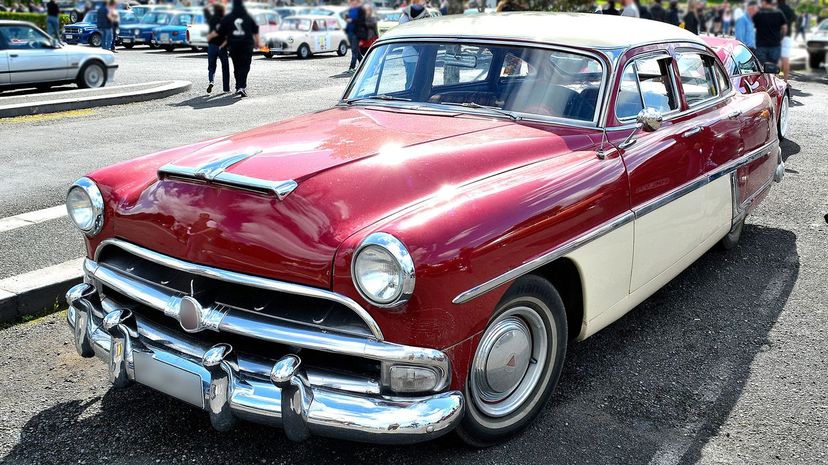
The VW Type 1 is better known as the Beetle, while the Type 2 is often called the Bus. The Thing was a commercial failure for VW, but the Hornet was not theirs at all. Hudson produced the Hornet from 1950 to 1957. In 1954, AMC bought the company, but it continued using the Hudson name.
Advertisement
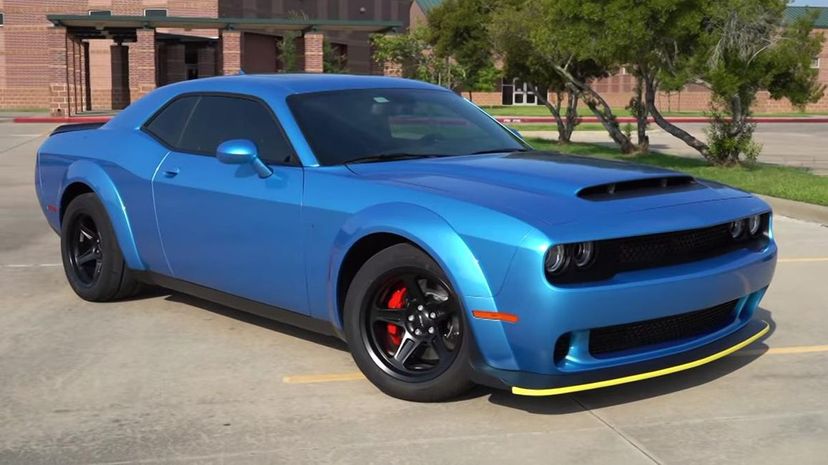
In April 2017, Dodge had already been producing both the Challenger and the Hellcat. The Demon arrived as a next-level variant and the fastest production car in the world at the time. The Demon could do 0 to 60 mph in just 2.3 seconds.
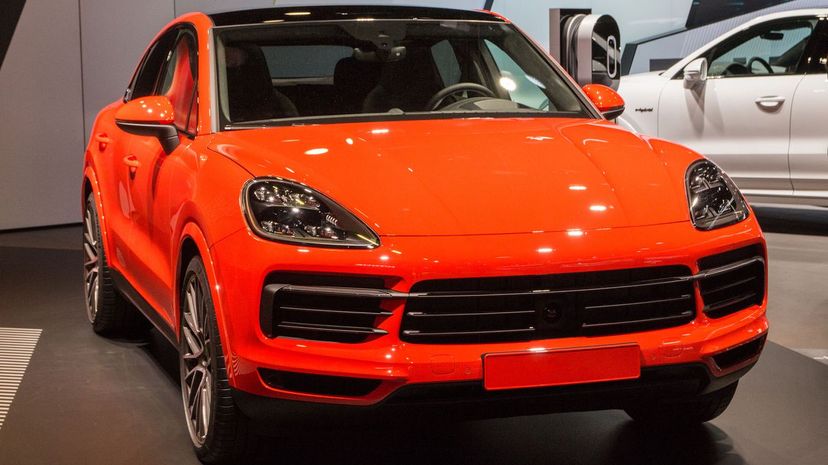
The Cayenne is an SUV made by Porsche and its first off-road vehicle since the 1950s. It's been in production since the 2003 model year and the company recently started offering a plug-in hybrid version of it as well.
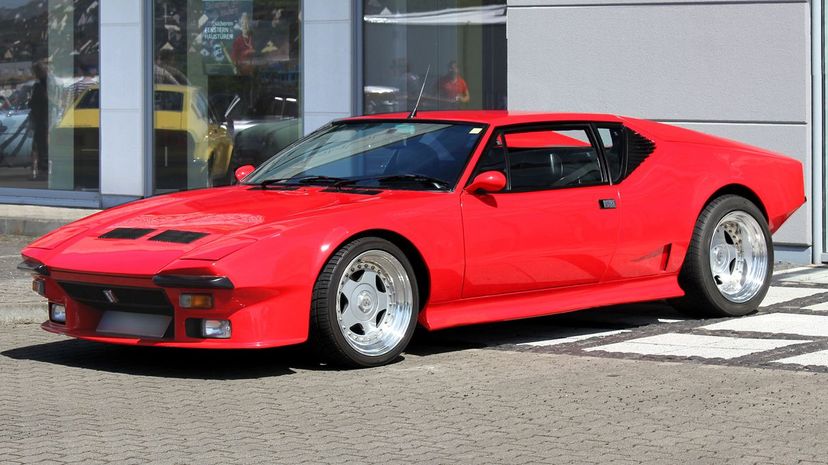
Studebaker never rolled out a car called the Pantera, but De Tomaso did. From 1971 to 1992, this was the car maker's most popular model with over 7,200 produced. Ford sold them at American dealerships but early models were rife with body flaws and poor rust-proofing that had to be fixed.
Advertisement
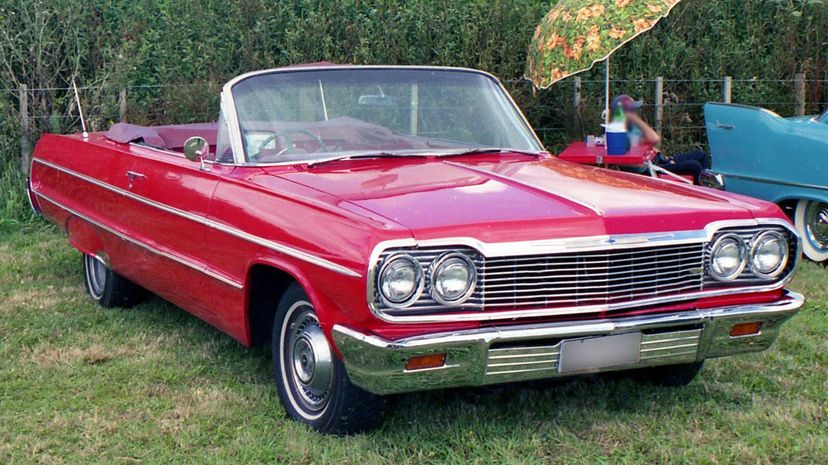
An impala is an antelope from southern and eastern Africa and also a Chevy. In the late 1950s, the Impala was first introduced as a trim package for the Be Air before becoming its own model. Like many cars of the era, early Impalas were impressive, large-finned convertibles.
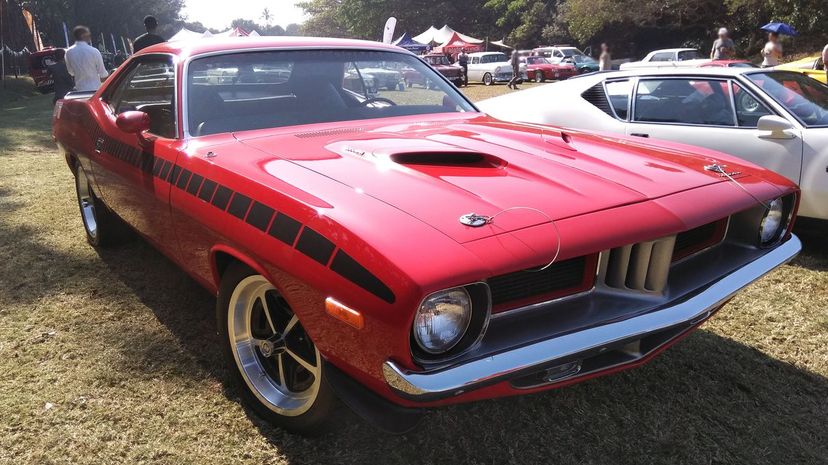
The Plymouth Barracuda is a muscle car made famous by its use of the Hemi engine to the point where most people just call it a Hemi 'Cuda. The original plan at Plymouth was to call it the Panda, which means we might have all been fondly remembering a Hemi 'Anda.
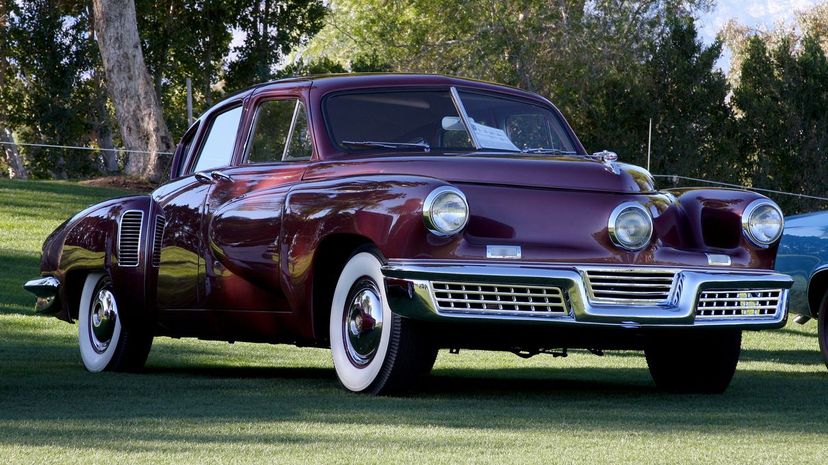
The Tucker Torpedo was officially named the Tucker 48, but most people won't remember it as such. Tucker only made 50 of these innovative cars because of serious legal issues and negative publicity caused by competitors.
Advertisement
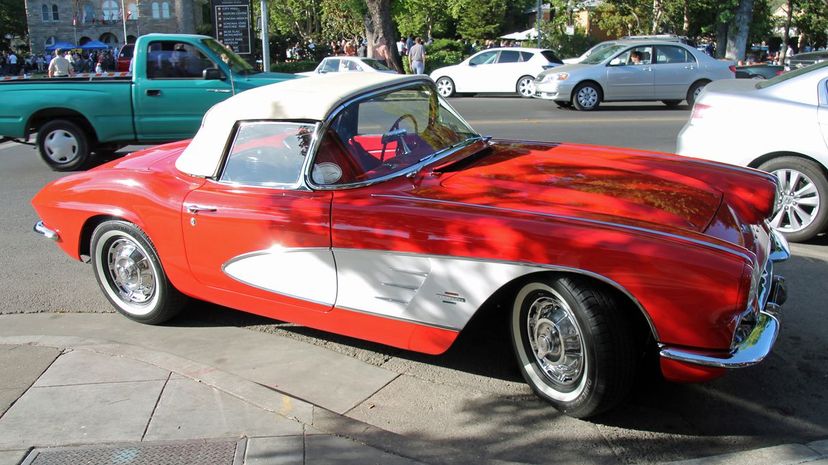
Chevy has been making Corvettes since 1953 and is arguably the most popular sports car in American history. For the first 10 years of production, Corvettes were all convertibles. By generation 2 in 1964, it had introduced a coupe.
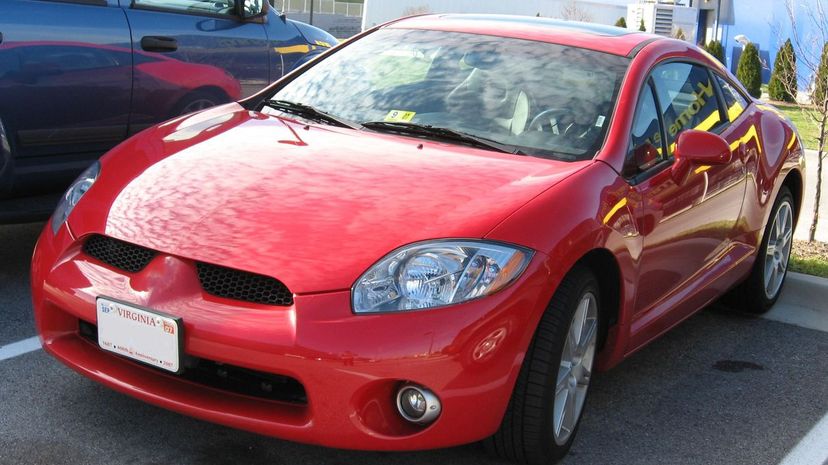
First manufactured for the 1990 production year, the Mitsubishi Eclipse was not actually named after the astronomical phenomenon. Mitsubishi claimed it was named for an undefeated 18th-century racehorse.
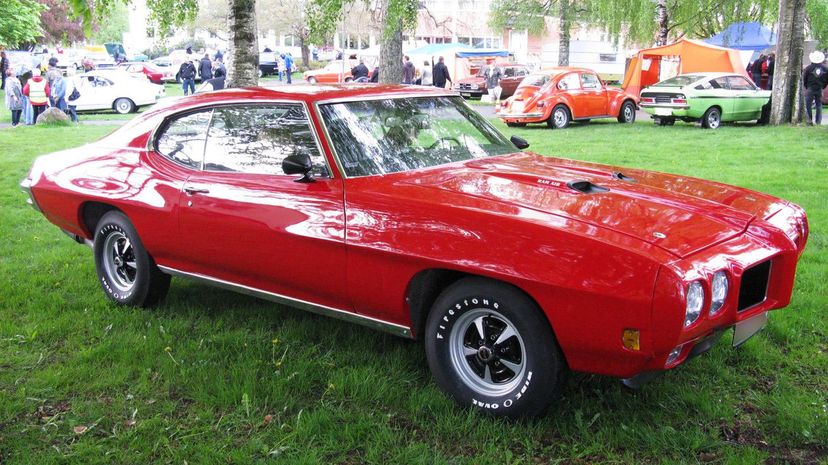
Chevy can't lay claim to the GTO, that was Pontiac's innovation and what some consider the first muscle car on the market from the big manufacturers back in the 1960s. Ironically, GTO means "Gran Turismo Omologato" which is a term that applies for cars that are certified to race. The GTO was never actually certified for racing.
Advertisement

Chevy made the S-10 from 1981 until 2004, the first compact pickup truck made in America by the Big 3 automakers. The Colorado and the GMC Canyon eventually replaced the S-10 models, except in Brazil where they're still manufactured.
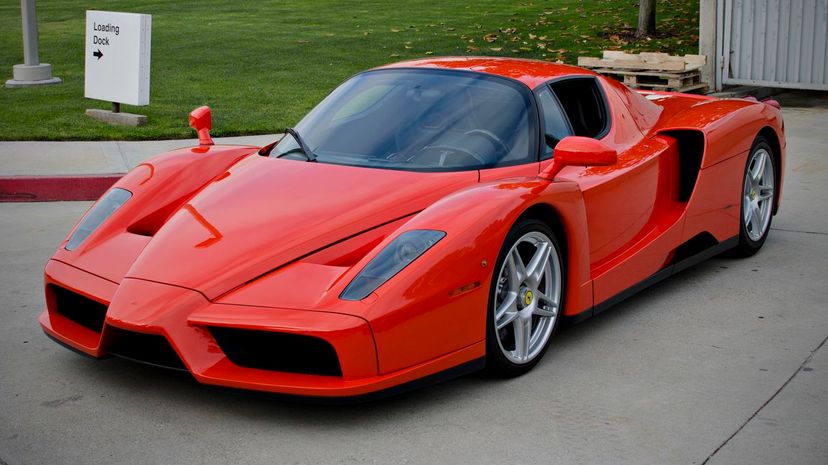
Enzo Ferrari was the founder of the Ferrari company, so it's not entirely surprising that it named a car model in his honor. Enzo Ferrari died in 1988 and the Enzo model was introduced in 2002 and depending on who you ask was either one of the nicest Ferraris ever or, as "Bloomberg Businessweek" called it, one of the ugliest cars ever made.
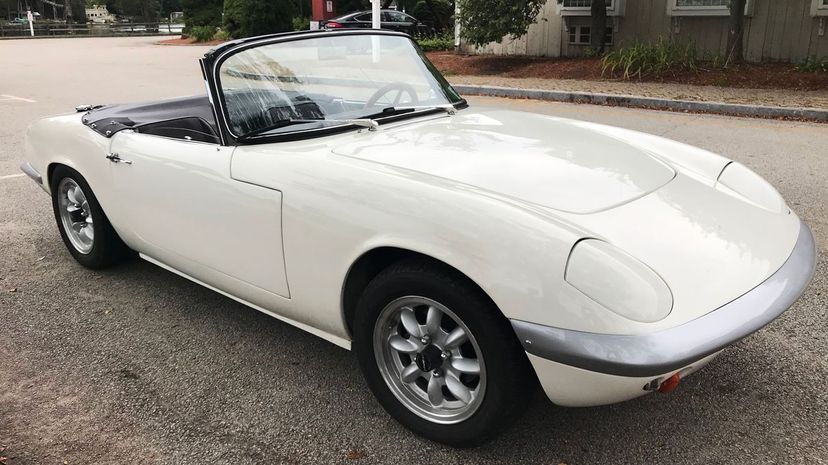
Lotus made the Elan from 1962 until 1975. The British company was known for sporty little race cars and they all were named something that began with the letter E. Aside from the Elan, Lotus produced the Esprit, Europa, Elise, Evora, Evija and Exige.
Advertisement

Pontiac manufactured the Trans Am, the GTO and the Fiero. It was Plymouth that made the Superbird, a modified version of the Road Runner that had a remarkably large rear wing on it that looked almost like a table mounted on the trunk.
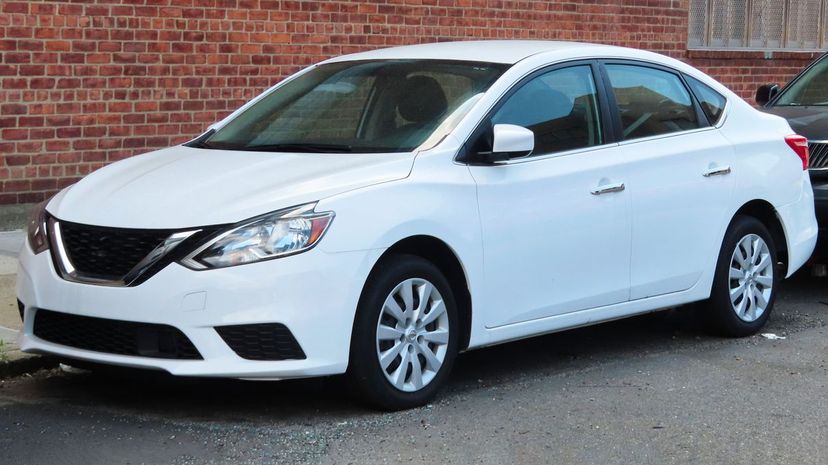
The Accord, the Civic and the Odyssey are all Honda models but the Sentra is not. The Nissan Sentra has been in production since 1982 and was originally a rebadged Nissan Sunny until 2006 when it became a rebadged Nissan Sylphy B17.
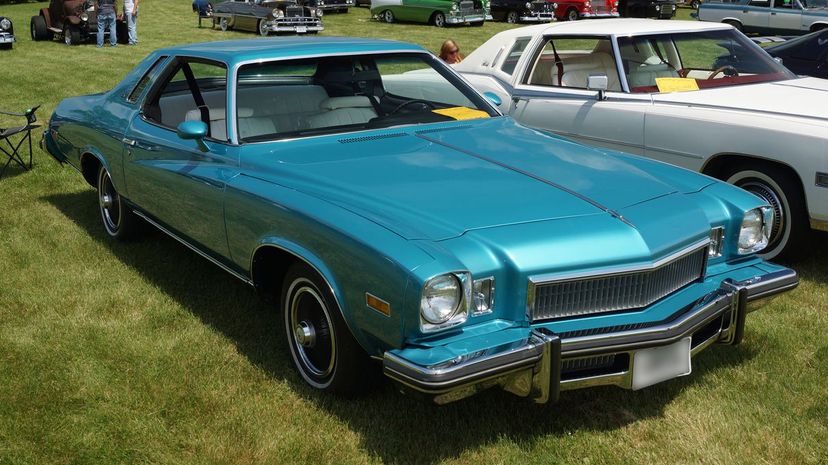
While Plymouth has produced the Road Runner, the Barracuda and the Prowler, it was Buick that made the Regal. The Buick Regal started production in 1973 as a personal luxury car until that market began to slump and then it transitioned to simply a sedan.
Advertisement
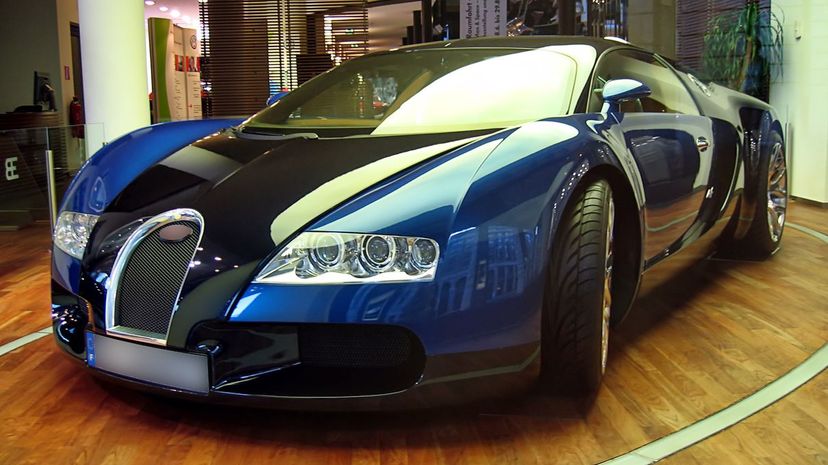
Named in honor of race car driver Pierre Veyron, Bugatti began producing the Veyron in 2005. "Top Gear" called it the Car of the Decade and also "Best Car Driven All Year." At 267.85 mph, it was the fastest production car in the world.
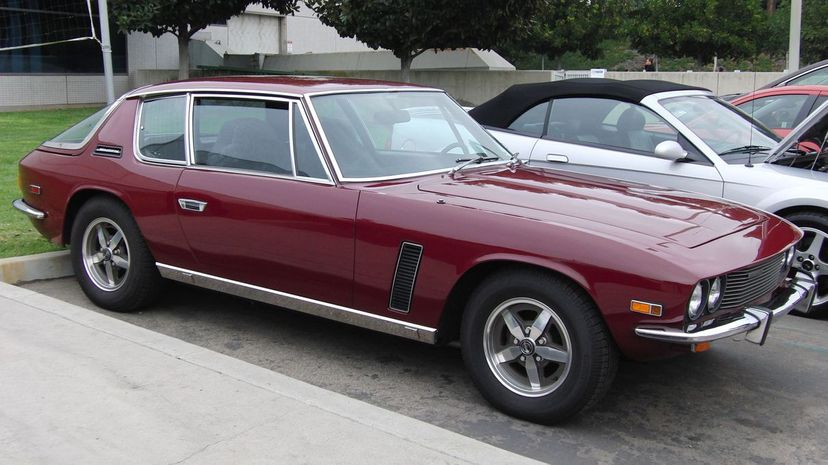
British automaker Jensen Motors first manufactured the Interceptor in 1966, though it had also used the name for an earlier model in the 1950s as well. They were known for packing a punch under the hood with engines like the 440 cu in 7.6L TNT V8.
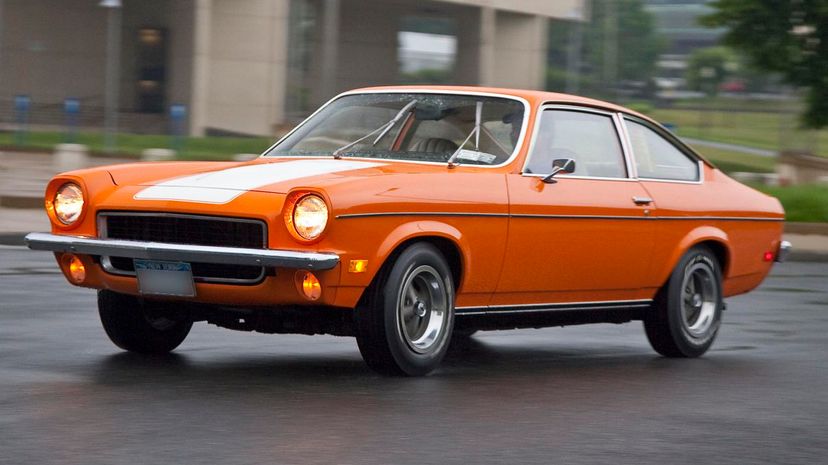
American Motors Corporation was a prominent force in the market during the 1970s. It manufactured the Gremlin and the Pacer as well as the Javelin, a pony car used by police forces in various jurisdictions. The Vega, however, was a model produced by Chevy.
Advertisement
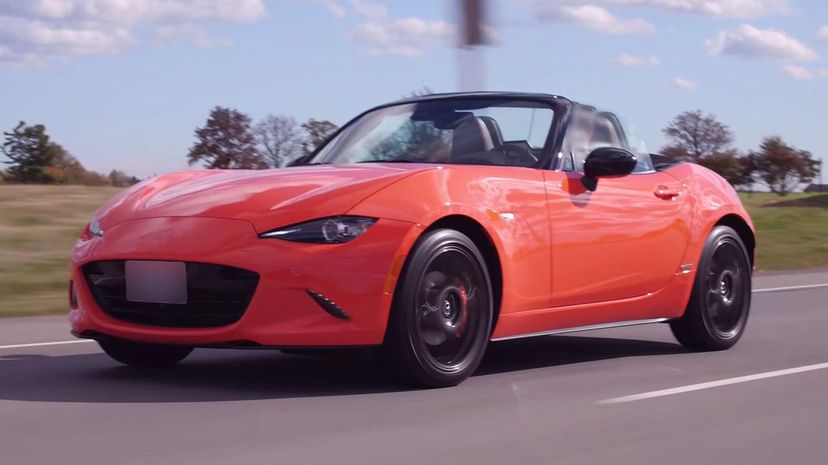
Jaguar's extensive model library does not include the MX-5. The only MX-5 on the market is produced by the Japanese manufacturer Mazda and is better known to North American drivers by its other name, the Mazda Miata.
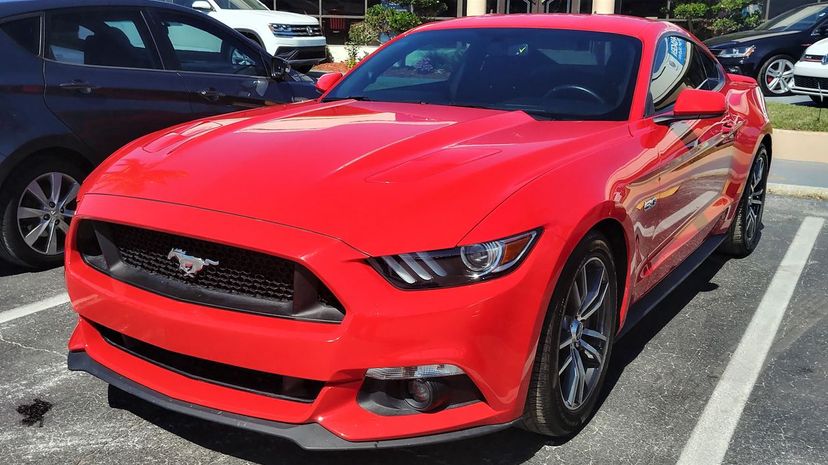
Next to the Model T, the Mustang is Ford's most popular model. The first pony car ever made, Ford has sold over 10 million Mustangs since 1964. One million of them had been sold within the first two years of production.
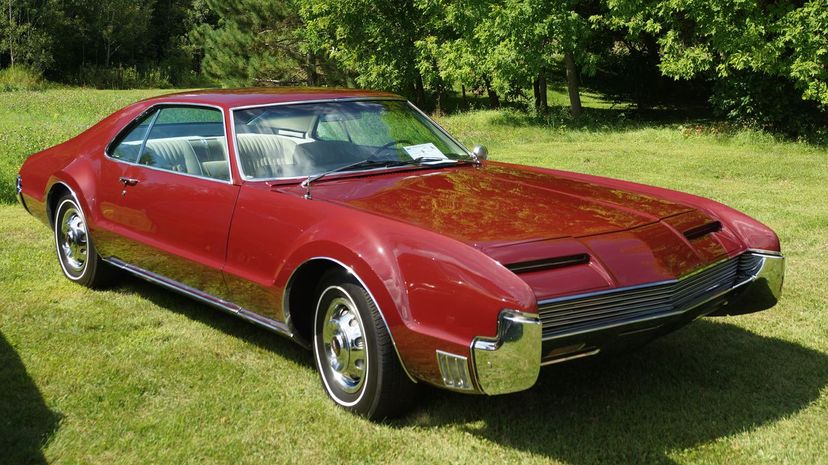
Packard produced the Mayfair, the Pacific and the Clipper. The Toronado was an Oldsmobile model first manufactured for the 1966 model year. The Toronado was the first US-made front-wheel drive since 1937.
Advertisement
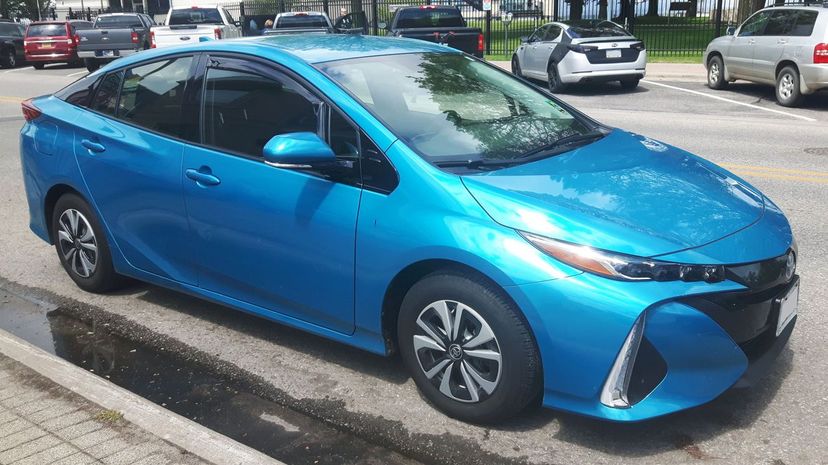
Arguably the most well-known hybrid model in the world, Toyota first made the Prius in 1997 in Japan and it was worldwide by 2000. Over 4 million Priuses had been sold by the year 2017, making it the most popular hybrid ever built.
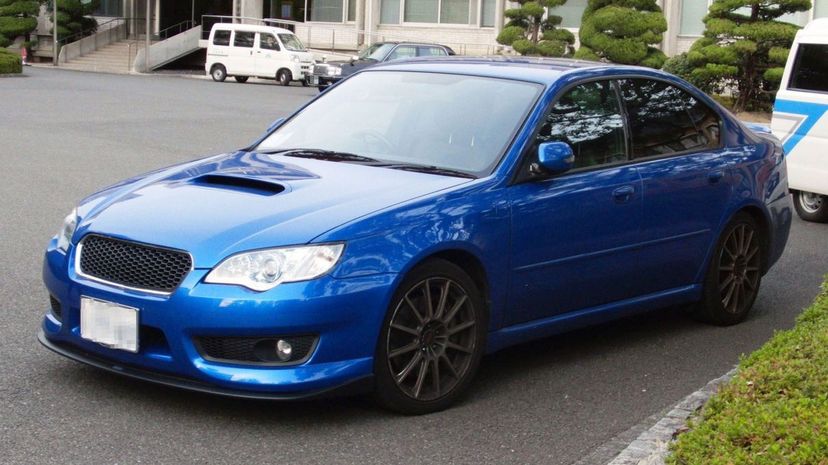
Subaru is the company that makes the Legacy. First made in 1989, the Legacy is known as the Liberty exclusively in Australia where the name Legacy is used by a charitable organization that assists the families of veterans. Subaru chose to change the Legacy's name out of respect.
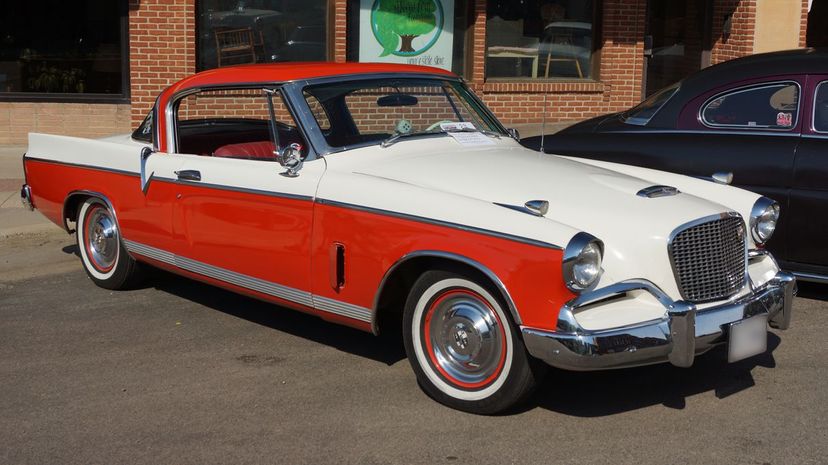
Ford never produced a car called the Golden Hawk, that was a Studebaker. Though mostly forgotten today, the Studebaker Golden Hawk was an early muscle car and in 1956 it could outpace both the Ford Thunderbird and the Chevy Corvette.
Advertisement
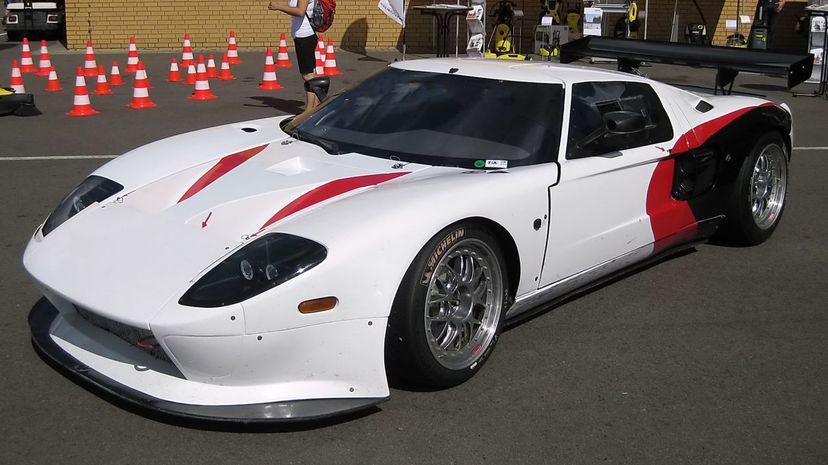
Lexus has never been a company to engage in descriptive naming practices. The SC, the CT and the LS are all Lexus models. GT was never made by Lexus, but you can find a Ford GT as well as a Ferrari GT4 and GTO
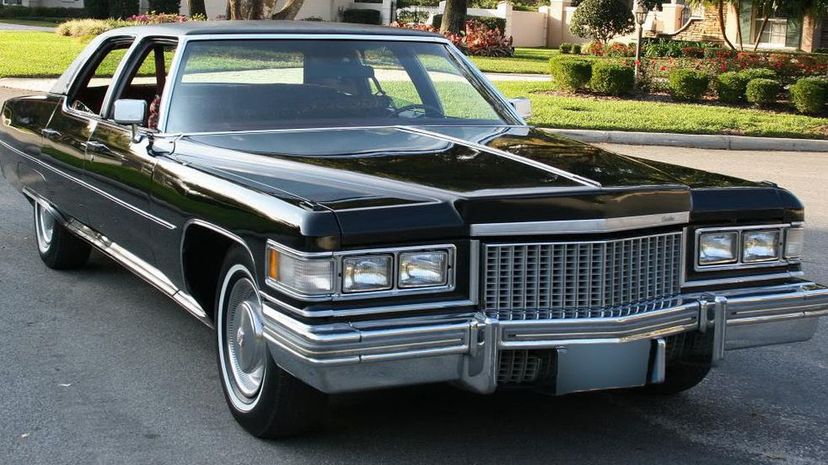
Fleetwoods were bodies used by Cadillac in its early days. The Fleetwood Metal Body Company exclusively made Cadillac bodies from 1925 onward and many early Cadillacs were named things like the Fleetwood Sixty Special or the Fleetwood Brougham. Eventually, models were simply called Fleetwoods.
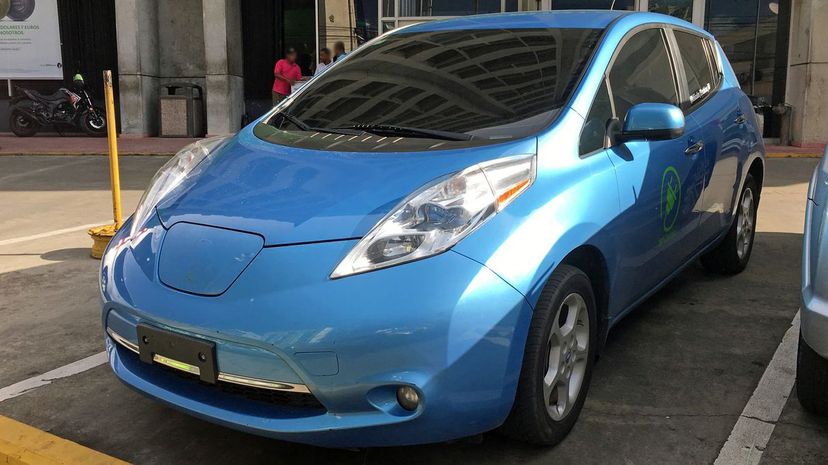
In the electric car market, the Nissan Leaf has proven to be the most popular model to date, even compared to Tesla. 2010 was the first year the car was manufactured, and in 9 years it's sold over 400,000 units.
Advertisement
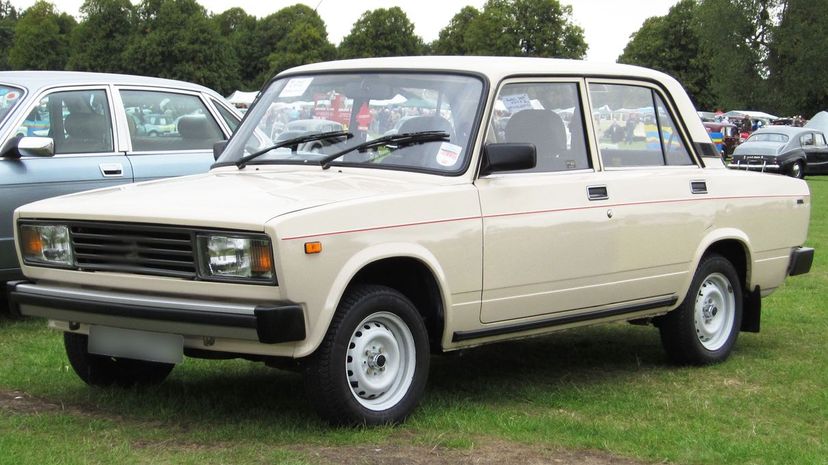
You don't see many Lada cars in North America, but they're one of the largest manufacturers in the world. Based in Russia, the Lada Riva has sold around 14 million units in its lifetime. When European exports stopped, so did most production except in places like Egypt.
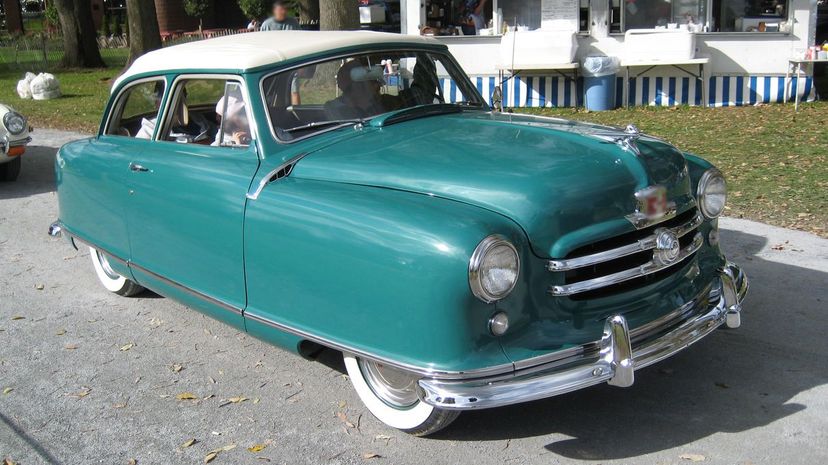
The company made the Nash Rambler from 1950 to 1955. First produced by Nash Motors and later AMC, the Rambler was key in establishing the compact car segment in America. The goal was to compete with the Big 3 by offering something different, which it successfully accomplished.
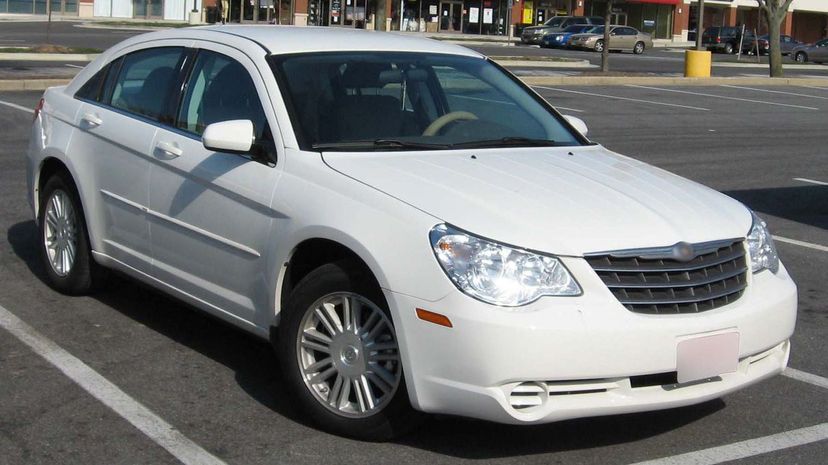
Dodge is not responsible for the Sebring, that honor goes to Chrysler. Available as a coupe, a sedan and a convertible, the Sebring had a production run from 1995 to 2010. In 2011, the Chrysler 200 replaced the Sebring.
Advertisement
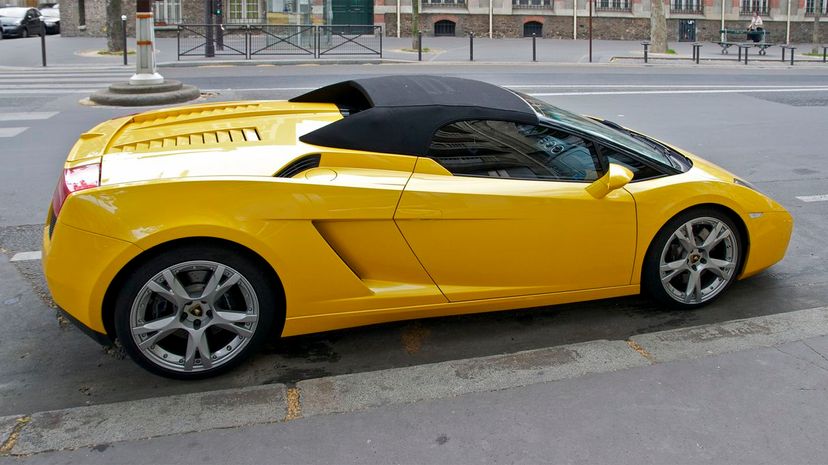
Lamborghini made the Gallardo from 2004 until 2014. Over 14,000 of the cars were sold, making it Lamborghini's most popular model to date. As with most Lamborghini models, it named the Gallardo for a famous fighting bull.

Italian automaker De Tomaso has made the Mangusta, the Pantera, and the Vallelunga. Lancia is the company responsible for the Stratos, a car manufactured from 1973 to 1978. Lancia itself has been making cars since 1906.
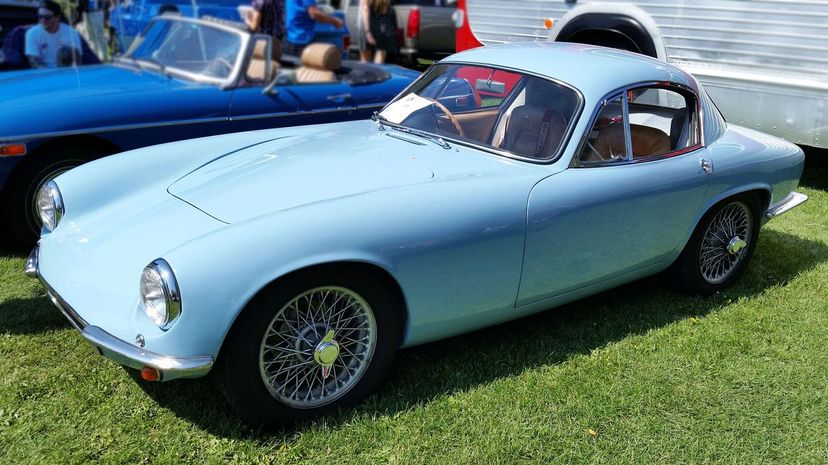
Founded in 1910 in Italy, Alfa Romeo is known for luxury cars like the Dauphine, the Stradale and the Giuletta. The Elite would not look out of place in its lineup, but it's not one of its. Lotus made the Elite, first produced in 1958.
Advertisement
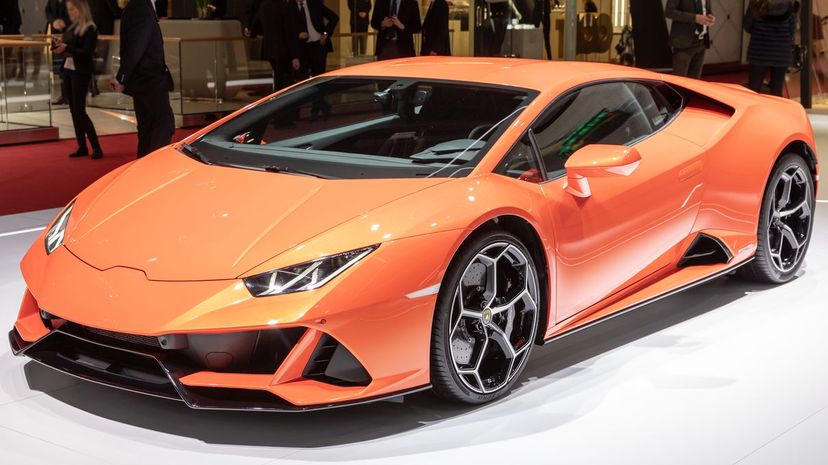
Swedish manufacturer Koenigsegg makes the Agera, the Jesko and the CCX. The Huracan is a model made by Lamborghini. You can buy a 2019 model for just over $200,000 for the basic model if you want.
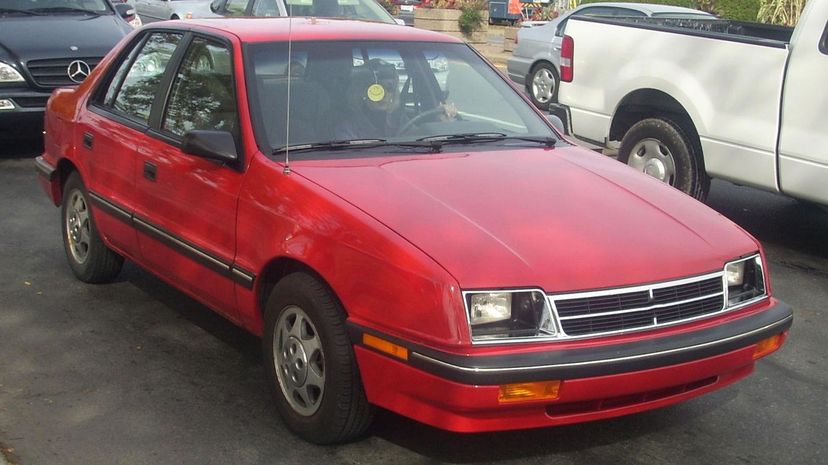
Rolls-Royce has a long tradition of using spectral names for its vehicles. The Wraith and the Ghost are two of Rolls-Royce's creepy models while it named the Cullinan for a diamond. The Shadow is a Dodge model.

Sometimes called the "Son of Valkyrie," the Aston Martin Valhalla isn't available yet and is scheduled to be released for the 2021 model year. If you want to get a look at one beforehand, word is it will appear in the James Bond movie "No Time to Die" alongside his traditional ride, the Aston Martin DB5.
Advertisement
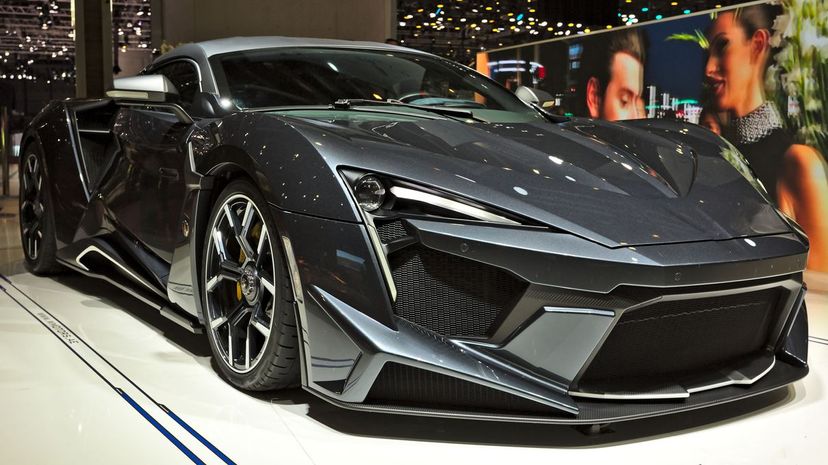
The casual driver will probably have never seen a Lykan before, as the Lebanese supercar company doesn't make many practical vehicles. The fact that they included 420 literal diamonds in the headlights of their previous model, the Hypersport, tells you just what sort of cars you're dealing with.